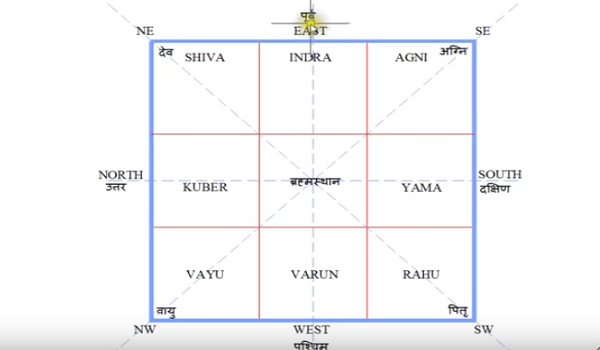

Based on these findings, the dynamical features obtained in the
#Eastward plot series
Series during major geomagnetic storm reveals the strongest non-linearityįeatures.

The test for non-linearity in the Dst time However, the MLE and ApEn values obtained from VBs indicate thatĬhaotic and dynamical complexity responses are high with no significantĭifference between the periods that are associated with minor, moderate and Geomagnetic storms and decline further during major geomagnetic storms. Responses are high during minor geomagnetic storms, reduce at moderate The MLE andĪpEn values of the Dst indicate that chaotic and dynamical complexity Non-linear parameter and the categories of geomagnetic storm. We found a significant trend between each The time series data of the DstĪnd VBs are analysed for a period of 9 years using non-linearĭynamics tools (maximal Lyapunov exponent, MLE approximate entropy, ApEn Īnd delay vector variance, DVV). Response to the disturbance storm time (Dst) and solar wind electricįield (VBs) during different categories of geomagnetic storm (minor, moderate and major geomagnetic storm). In this study, we examine the magnetospheric chaos and dynamical complexity All these processes are clearly the result of the internal magnetospheric dynamics, which is triggered by the solar wind and the interplanetary magnetic field. As well documented in the literature, the enhancement of this electric current system is closely associated with the magnetospheric plasma dynamics (transport and energization) during the occurrence of magnetic storms and substorms, and is generated by different sources such as the large-scale convection in the magnetosphere, the increase in field aligned currents due to the disruption and diversion of the cross-tail magnetospheric current and the development of the partial ring current (Feldstein et al., 2006). These dynamical features characterize also the region where the fast magnetic field fluctuations most contribute to the total magnetic signal permitting us to suppose that they can be essentially related to the rapid enhancement of the overall auroral electrojet (eastward and westward) current system both in the nightside and in the dayside regions, whose intensities, as well as location, strongly depend on magnetic activity level. These facts suggest the hypothesis about the development of an additional sub-storm current wedge that appeared on the evening side during the supersubstorm and closed on the eastward electrojet. It has been shown that, during the peak development of the supersubstorm, there was a significant increase in the eastward electrojet in the evening sector (~15-18 MLT), an additional affluent longitudinal electric current, and an additional ring current that appeared concurrently in this sector. This was reflected by large values of the MPB index (~4000 nT 2). The development of global currents was accompanied by intense positive bays. Like those in other supersubstorms, the ionospheric currents in this event were found to develop on a global scale: an intense and extended westward electrojet (with a maximum around midnight) was observed in the midnight, morning, and daytime sectors and an intense eastward electrojet was observed in the afternoon and evening sectors. The study was based on data from the global SuperMAG and IMAGE magnetometer networks and satellite data from the AMPERE project. This supersubstorm peaked at around ~08:50 UT (SML = ~-2600 nT). The paper gives an analysis of the isolated supersubstorm observed during the main phase of the moderate magnetic storm on (SYM/H ~-95 nT), which was caused by the solar wind magnetic cloud.


 0 kommentar(er)
0 kommentar(er)
